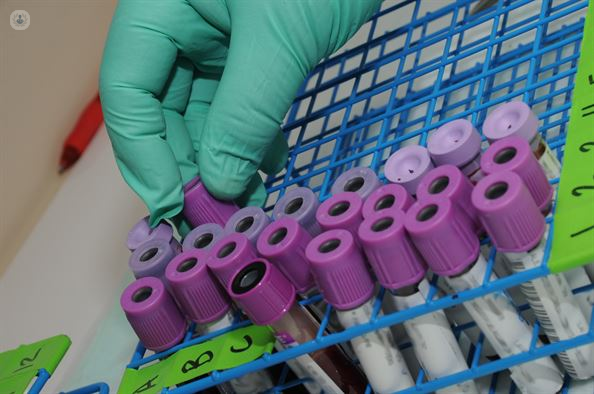

What are rare diseases?
Rare diseases are generally considered as those which affect fewer than 5 people in 10,000 from the population (in the EU). There are more than 6,000 known rare diseases. The majority of rare diseases have a genetic component (80%, according to Rare Disease UK). Rare diseases may affect only a particular group of people in one part of the world, but may affect more in another. A good example of this is cystic fibrosis, which is relatively common in Europe and in those of European descent, but is considered rare in Asia.
Examples of diseases considered as rare include Huntington’s disease, scleroderma, achalasia, achondroplasia, and ulcerative colitis.
Most rare diseases are genetic, which mean they will be present throughout the person’s life (chronic). Many rare diseases appear in childhood or early in life.
What are the symptoms of rare diseases?
Symptoms vary depending on the disease itself, but many rare diseases can be difficult to diagnose as the symptoms correspond to other more frequently experienced conditions. Symptoms can also vary from patient to patient. This misdiagnosis can lead to delays in treatment.
What are the causes of rare diseases?
The exact causes of these diseases are not known, although it is estimated that 80% of them are of genetic origin.
What is the treatment for rare diseases?
Medication for rare diseases is constantly in development. ‘Orphan drugs’ are medications which are specifically developed to treat a rare medical condition. It should be noted that they are effective only in 10-15% of rare diseases, and do not serve to cure them, but to control them or delay their appearance.

